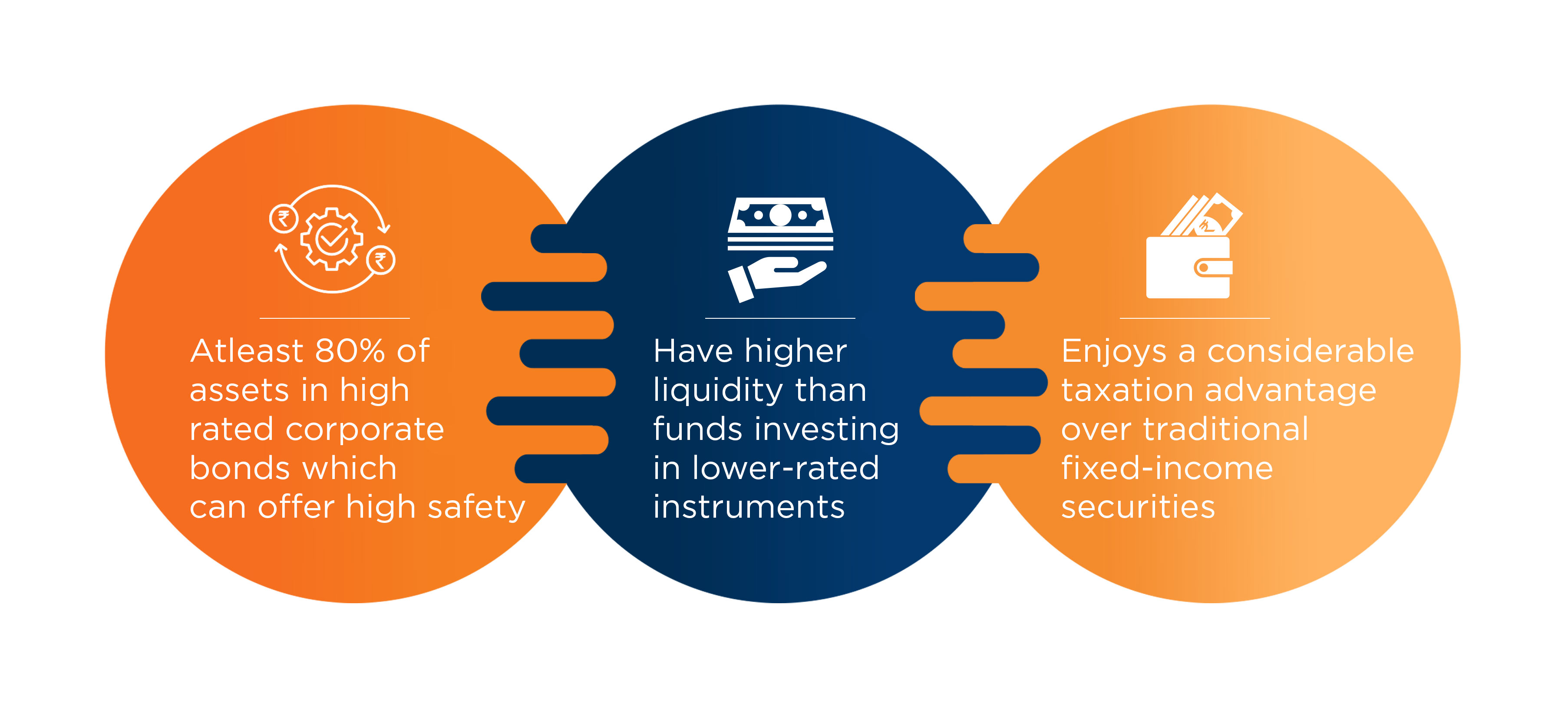
A put option is like buying insurance on your stock. When the stock price falls, you purchase it and then you can sell it as soon as the stock price rises. You can buy as much or as little as you need, but you shouldn't purchase more than that. It's a bearish strategy that costs $.25 to buy a put option. A put option protects you from price fluctuations by setting a floor price.
You can buy a piece of put.
A put is a contract that allows the buyer to sell stock at a fixed amount if the stock price drops below the strike value. This gives the buyer a chance to earn extra money by waiting until the price drops below the strike price. A put is like selling shares. The buyer gets a premium if the stock falls. A put is just like any other investment. There are risks and rewards as well. An investor can only lose the stock they buy.
It is important to remember that a buyer does not have to purchase the underlying stock if they buy a put. By paying a small fee for a put option, the buyer can eliminate his or her risk of losing more than the price of the underlying stock. The seller on the other side does not own the right, and must buy the underlying Stock at the strike Price, regardless of whether the option is purchased or not.

Hedging strategies include buying put options.
One of the most common ways to hedge your portfolio is by buying a put option. This strategy is a way to reduce your portfolio's risk of losing money. By purchasing a put option, you will minimize the risk of losing the entire amount of your stock purchase price. However, this strategy doesn't produce the same returns that buying in-the money stock. You shouldn't be avoiding buying put options.
A put is a reversible option, which allows you sell a stock at a predetermined price within a time period. A put option's cost is determined by the downside chance, which is the likelihood that the stock/index will fall in price. The options are cheaper the farther away they are from expiration. A put option is a great way to get rid of a long position in an index or stock.
Buying a put is a bearish strategy
A Bearish strategy is buying a put option to a stock. A put is similar in concept to an insurance policy. The option premium can be used to purchase a put, but unlike insurance policies, the put does not limit stock's potential upside profitability. To make the put profitable, the stock's price has to rise more than the premium. If the price increase is too small, the put trade will lose money.
This strategy can either be used on futures options or stock ETFs. The commission charges, which typically range between $10 to $20 in most cases, are not included within the calculations. Depending on the option brokerage, commissions may be higher or lower than those shown. Bear put spreads, however, are a popular method to make money in times of falling stocks. Put options on the stocks you are most bearish can help you make money.

Buying a put is a way to protect a floor price
Put options are basically an insurance policy. The protective put is the most common type and costs $.25. You will pay the premium plus the strike price when you purchase one. This type can protect you against loss if the stock falls below a certain level.
This type is a combination of buying a put or taking a long open stock position. To protect the floor prices, the put must sell at the strike price. The floor owner gets the difference between floor price and long stock price. A call option will cost more than a floor, but the floor is still more expensive. To protect the floor price, it is best to invest in a put option rather than a called option.
FAQ
Do I really need an IRA
A retirement account called an Individual Retirement Account (IRA), allows you to save taxes.
You can make after-tax contributions to an IRA so that you can increase your wealth. They also give you tax breaks on any money you withdraw later.
IRAs are particularly useful for self-employed people or those who work for small businesses.
Employers often offer employees matching contributions to their accounts. You'll be able to save twice as much money if your employer offers matching contributions.
What are the 4 types of investments?
The main four types of investment include equity, cash and real estate.
The obligation to pay back the debt at a later date is called debt. It is usually used as a way to finance large projects such as building houses, factories, etc. Equity is when you buy shares in a company. Real estate is land or buildings you own. Cash is the money you have right now.
You are part owner of the company when you invest money in stocks, bonds or mutual funds. You are part of the profits and losses.
How can I get started investing and growing my wealth?
Start by learning how you can invest wisely. You'll be able to save all of your hard-earned savings.
Learn how to grow your food. It is not as hard as you might think. With the right tools, you can easily grow enough vegetables for yourself and your family.
You don't need much space either. Just make sure that you have plenty of sunlight. Try planting flowers around you house. They are simple to care for and can add beauty to any home.
If you are looking to save money, then consider purchasing used products instead of buying new ones. They are often cheaper and last longer than new goods.
Is it really a good idea to invest in gold
Since ancient times, the gold coin has been popular. And throughout history, it has held its value well.
Like all commodities, the price of gold fluctuates over time. When the price goes up, you will see a profit. When the price falls, you will suffer a loss.
So whether you decide to invest in gold or not, remember that it's all about timing.
How can I grow my money?
You must have a plan for what you will do with the money. You can't expect to make money if you don’t know what you want.
You should also be able to generate income from multiple sources. In this way, if one source fails to produce income, the other can.
Money doesn't just come into your life by magic. It takes planning and hard work. So plan ahead and put the time in now to reap the rewards later.
How can I make wise investments?
An investment plan should be a part of your daily life. It is crucial to understand what you are investing in and how much you will be making back from your investments.
You should also take into consideration the risks and the timeframe you need to achieve your goals.
You will then be able determine if the investment is right.
Once you have chosen an investment strategy, it is important to follow it.
It is best to only lose what you can afford.
How do I know when I'm ready to retire.
You should first consider your retirement age.
Is there a particular age you'd like?
Or would it be better to enjoy your life until it ends?
Once you've decided on a target date, you must figure out how much money you need to live comfortably.
You will then need to calculate how much income is needed to sustain yourself until retirement.
Finally, calculate how much time you have until you run out.
Statistics
- According to the Federal Reserve of St. Louis, only about half of millennials (those born from 1981-1996) are invested in the stock market. (schwab.com)
- Most banks offer CDs at a return of less than 2% per year, which is not even enough to keep up with inflation. (ruleoneinvesting.com)
- Some traders typically risk 2-5% of their capital based on any particular trade. (investopedia.com)
- If your stock drops 10% below its purchase price, you have the opportunity to sell that stock to someone else and still retain 90% of your risk capital. (investopedia.com)
External Links
How To
How to invest
Investing is investing in something you believe and want to see grow. It's about believing in yourself and doing what you love.
There are many ways to invest in your business and career - but you have to decide how much risk you're willing to take. Some people want to invest everything in one venture. Others prefer spreading their bets over multiple investments.
Here are some tips to help get you started if there is no place to turn.
-
Do your research. Do your research.
-
Make sure you understand your product/service. Know what your product/service does. Who it helps and why it is important. Be familiar with the competition, especially if you're trying to find a niche.
-
Be realistic. Before making major financial commitments, think about your finances. If you have the finances to fail, it will not be a regret decision to take action. You should only make an investment if you are confident with the outcome.
-
The future is not all about you. Look at your past successes and failures. Ask yourself what lessons you took away from these past failures and what you could have done differently next time.
-
Have fun. Investing should not be stressful. Start slow and increase your investment gradually. Keep track and report on your earnings to help you learn from your mistakes. Recall that persistence and hard work are the keys to success.